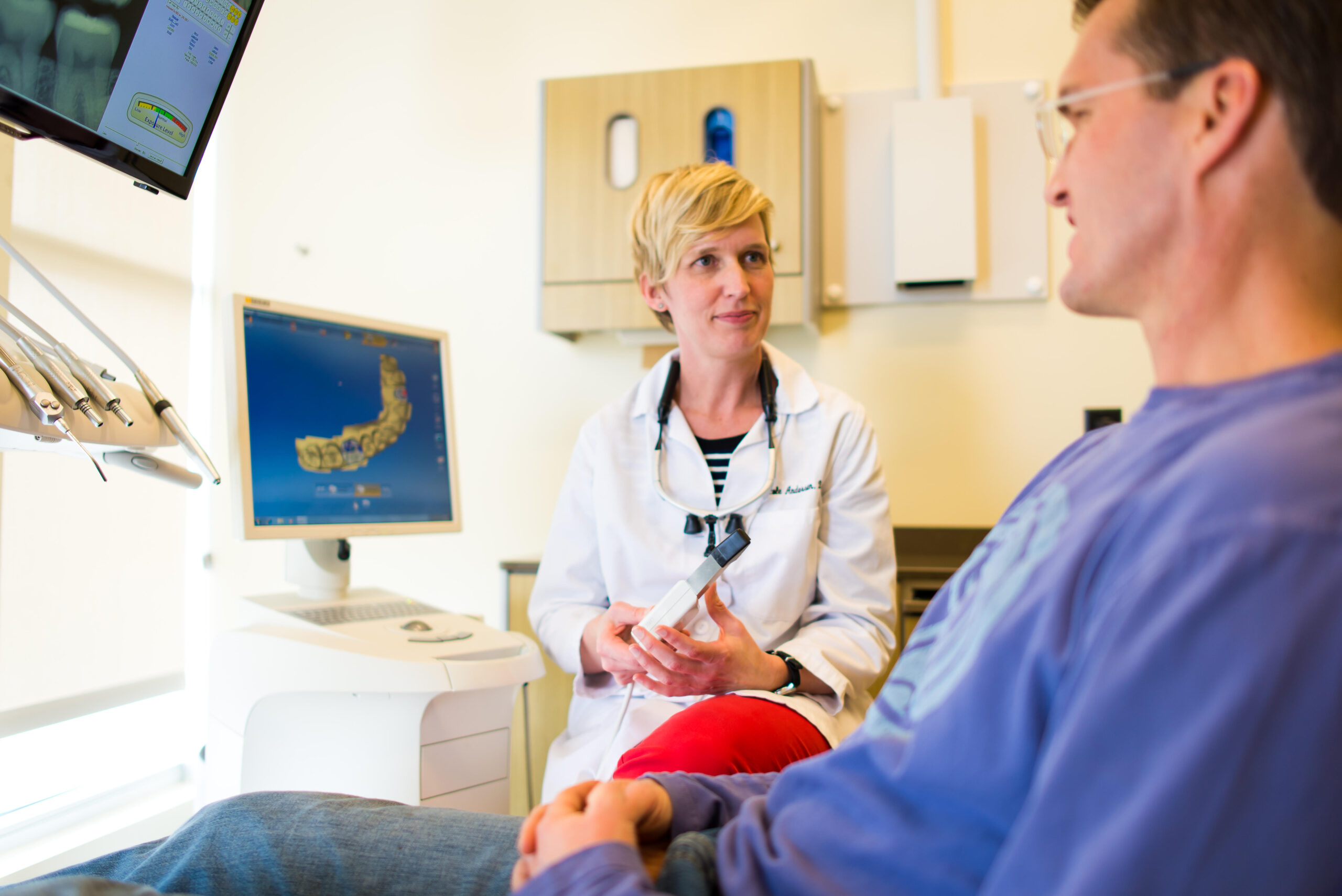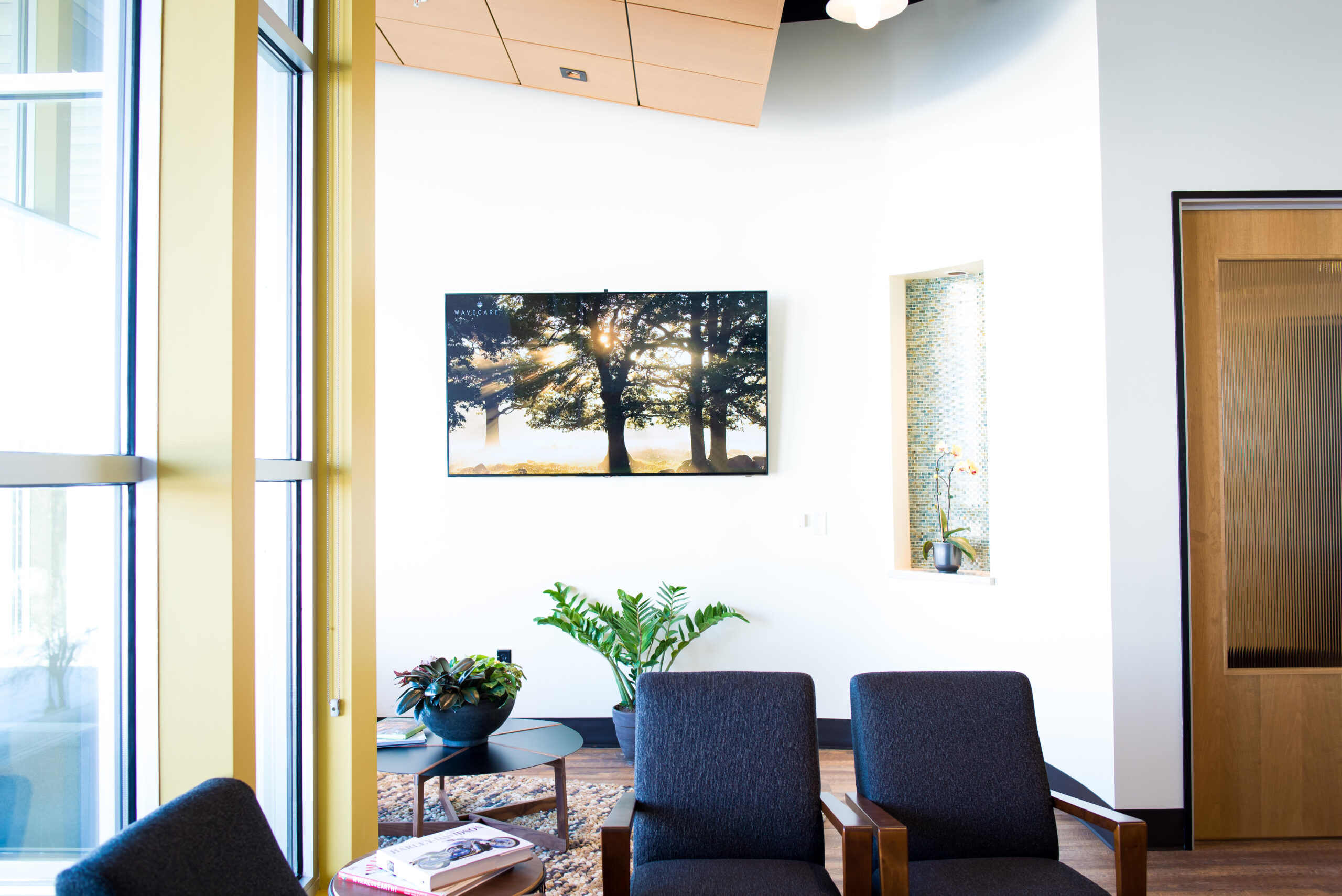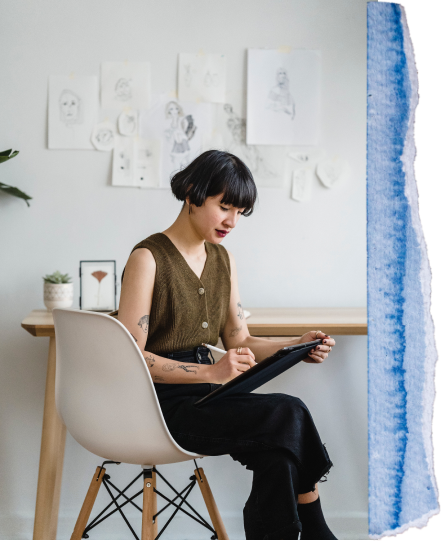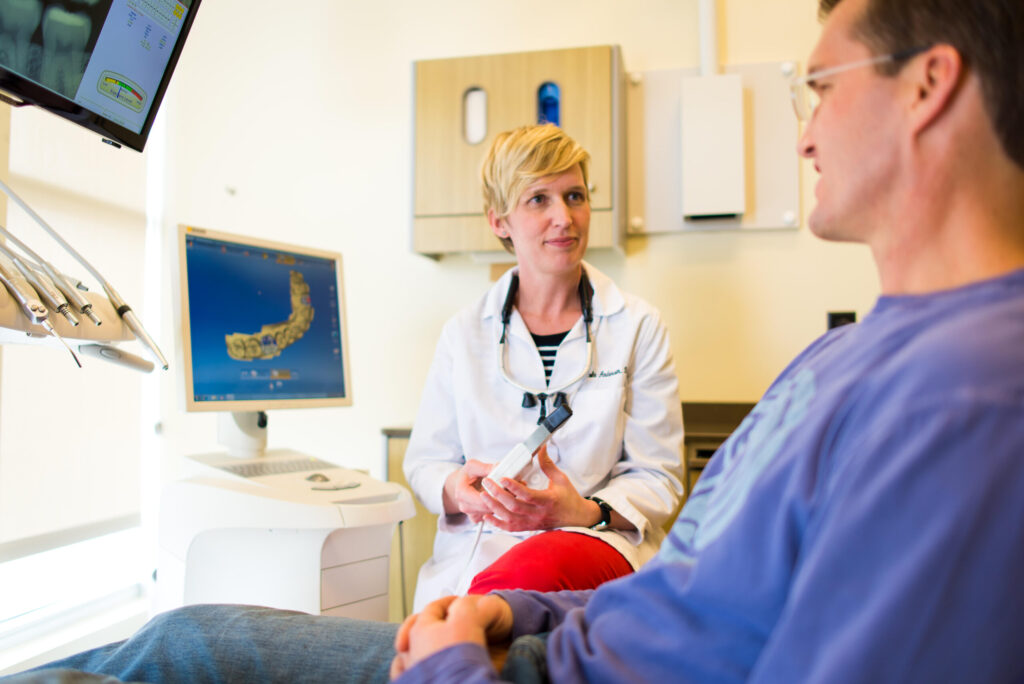Scott Andersen is the Co-founder and Director of Stakeholders Stewardship at Artisan Dental which is located in Madison, Wisconsin. In our conversation, he shares about the decision to get Artisan Dental certified as a B Corp, some examples of the positive environmental impacts of that decision, and his advice for business owners who want to take the first step in becoming more sustainable.
 Can you tell me a little bit about the journey to starting Artisan Dental?
Can you tell me a little bit about the journey to starting Artisan Dental?
Scott: We started in January 2014. Both my wife, Dr. Nicole Andersen D.D.S., and I have had a long time interest in sustainability principles, so we included many of them in the original design of the facility and also in our mission, vision, and values with the intention of creating benefits for all of the stakeholders associated with our business.
We think that’s really part of the whole sustainability tradition. We want to create positive impacts socially, environmentally, and economically as an interdependent whole, so that’s really what we’ve endeavored to do.
Would you like to see future blog posts come directly to your inbox?
Sign up for our mailing list!
In 2017, Artisan Dental became a certified B Corp. Can you tell me more about your decision to become a B Corp instead of simply incorporating sustainable practices in your dental practice?
Scott: Yeah, that’s a great question! We really saw it as an independent third-party verification that we were bringing our mission, vision, and values to life in a demonstrable way, such that the consumer could go to the B Corp website and they can actually see our scoring.
They have five domains: customer, team members, community, environment, and government practices. It was really a way to communicate to our stakeholders that we were in fact bringing these values to life.
Additionally, with my background being in the social sciences, I really think the B Corp movement is part of a larger movement of people using businesses as a force for good. We wanted to participate in that movement as well and be part of developing more momentum around that movement.

What would you say has been the biggest challenge in either becoming a B Corp or maintaining your status? I know you have to get re-certified every few years.
Scott: It’s so interesting, there are many benefits to becoming certified. I think one of them, speaking to your question, is that people can use the free “B Impact Assessment”. That’s their online questionnaire that you go through to become certified. It’s really a free sustainability assessment.
I wouldn’t say that anything’s really challenging other than just the sheer time it takes to go through the assessment. B Lab is a non profit certified company, and you present them with the documentation that they ask for during the first certification. Then, you’re provided with a third-party perspective of ways you can improve, best practices, and gold standards in each of the different domains. That actually has been a spur for us to get better.

Out of all sustainable practices that you have listed on your website, I saw a lot of it has to do with your building. What would you say has had the most positive environmental impact out of all the things that you’ve done?
Scott: In terms of the actual construction of our space, the positioning of all the patient rooms and really most of the office, such that it can receive natural day lighting so there’s opportunities for natural lighting. There’s opportunities for enhancing the customer experience, connecting them to the outer environment. We get a lot of positive feedback on that. There’s a passive solar gain there as well. For our team members, working in a really bright, airy, space has a whole series of psychological benefits.
In terms of the environmental domain, the piece I think may have the largest long-term impact may be our use of renewable energy from Madison Gas and Electric. I think it really helps on the carbon footprint side, but it also, again, is participating in a larger movement and modeling and leading what the best practice for energy utilization and managing carbon footprint.
Then, of course, from an integrated perspective, we share that with our patients and our team members, as a form of telling our larger sustainability story. We’ve actually received positive feedback in patient reviews when we had a flyer up a year and a half ago, that was kind of playful: “your oral healthcare powered by the sun and the wind” and people resonated with that.
“I think the interesting thing about conversations around sustainability is that everything is interrelated with everything else.”
Do you have any advice or recommendations for other businesses who aren’t sure how to take the next step into becoming more sustainable?
Scott: I’m thinking about your question in two ways. I think one of the ways that I would encourage them to move would be to create initiatives that are relatively easy to implement, that have a corresponding benefit for their customers and their team members, and that they can execute on to develop good momentum. Both in terms of things like carbon footprint, but also in terms of branding your company as one that cares so that you’re harnessing these synergies that benefit for the planet, benefit for the people, your team members, your customers, and in terms of your profitability in terms of it being a way to market or niche your practice such that it attracts more customers. I think the interesting thing about conversations around sustainability is that everything is interrelated with everything else.
That would be kind of my second point would be to think about those relationships and remind oneself how these initiatives have multiple forms of benefit so that the leadership keeps reminding themselves why they’re doing what they’re doing. That also will help with further momentum.
I would say lastly, working with someone like you who can point out these synergies, point out these early momentum generators and low-hanging fruit so we can create long-term momentum.
ROAD to zero waste course




